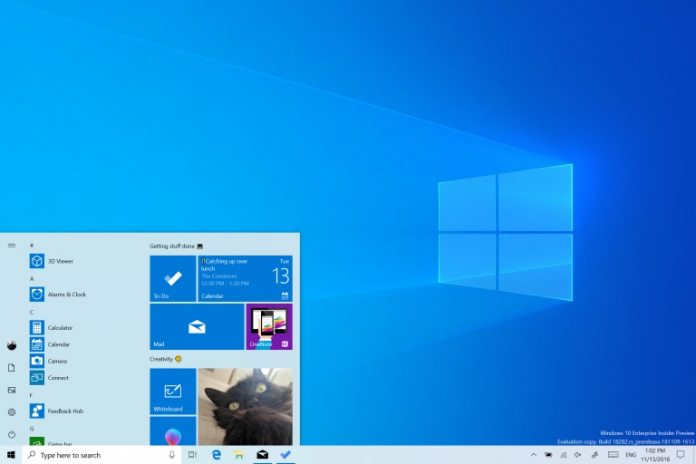Microsoft has adjusted Windows 10's minimum storage requirement with the May 2019 update. As of next month, the OS will require 32GB of storage, up from 16GB for 32-bit versions, and 20GB for 64-bit.
As spotted by Pureinfotech, Microsoft's requirements state that “Devices that run Windows 10 for desktop editions must include a storage device that meets the size requirements shown”.
The changes will be an unfortunate change for users with low cost, 32GB eMMC storage laptops. However, Reports indicate that Microsoft is working on a Windows 10 Lite variant. Now codenamed Santorini, it will optimize and cut unnecessary features.
It's also worth noting that Microsoft's increase is far from unreasonable. Its previous requirements were a little tight, with my 64-bit Windows 1809 folder alone taking up 19.3GB. That doesn't include things like the pagefile and hiberfile, which can easily add an additional 10-15GB.
USB Storage Disallowed
The May 2019 update now reserves an additional 7GB for updates, so that could be an additional driver for the changes. It's unclear if those with less than 32GB will find themselves unable to install the May 2019 update, or if Microsoft will offer additional solutions.
Additionally, some users won't be able to upgrade if they use external storage.
“Inappropriate drive reassignment can occur on eligible computers that have an external USB device or SD memory card attached during the installation of the May 2019 update,” Microsoft said. “For this reason, these computers are currently blocked from receiving the May 2019 Update.”
The update is especially important for users because it contains a number of security improvements. Those include additional features for the Windows Sandbox and software-based encryption.






